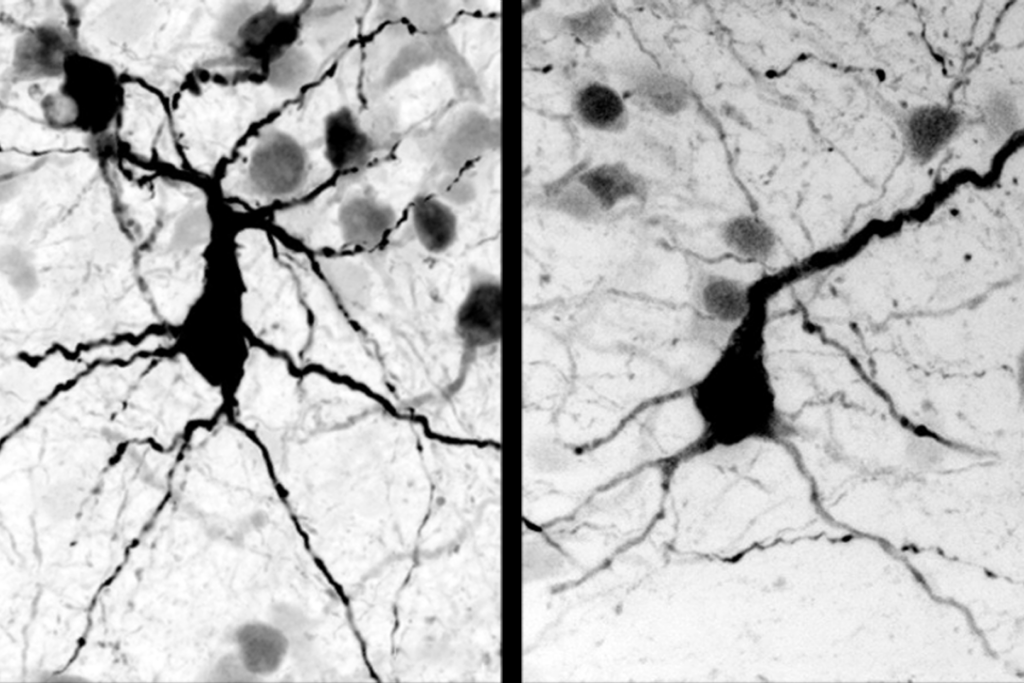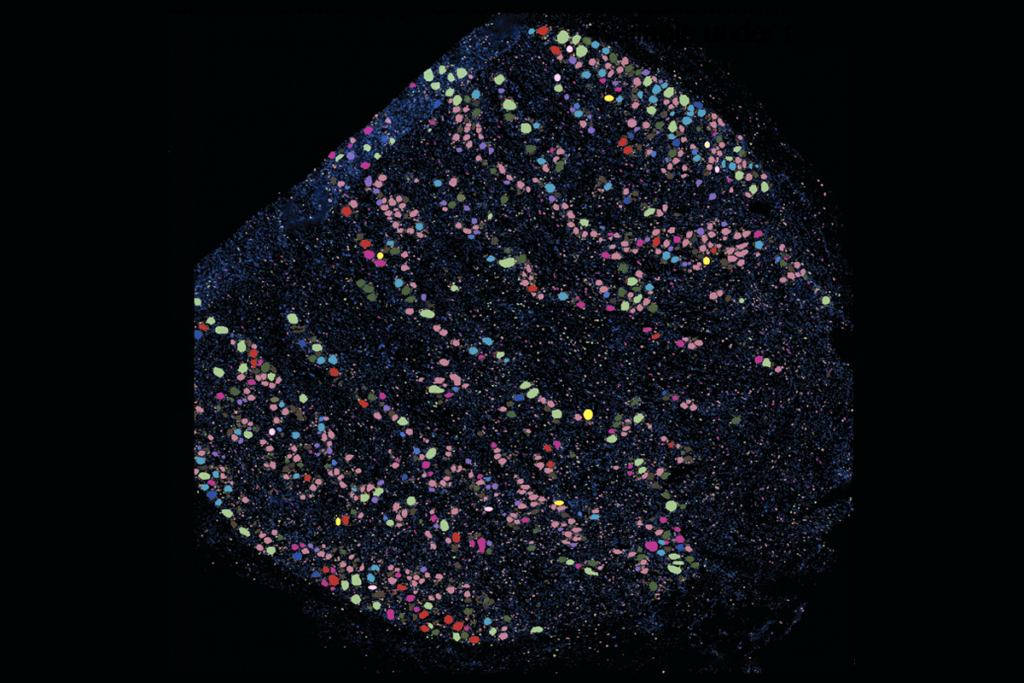Dup15q 2013
Recent articles
Duplication of chromosome 15 region mirrors autism
People with autism and those with duplications of the 15q11-13 chromosomal region share a distinctive pattern of gene expression in the brain, according to unpublished research presented Friday at the Dup15q Alliance Scientific Meeting in Sacramento, California.

Duplication of chromosome 15 region mirrors autism
People with autism and those with duplications of the 15q11-13 chromosomal region share a distinctive pattern of gene expression in the brain, according to unpublished research presented Friday at the Dup15q Alliance Scientific Meeting in Sacramento, California.
Gene expression in neurons may not match number of copies
Neurons derived from individuals who carry extra copies of an autism-linked chromosomal region have gene expression patterns that are unexpectedly similar to those of neurons with deletions of the region. The unpublished findings were presented Thursday at the Dup15q Alliance Scientific Meeting in Sacramento, California.

Gene expression in neurons may not match number of copies
Neurons derived from individuals who carry extra copies of an autism-linked chromosomal region have gene expression patterns that are unexpectedly similar to those of neurons with deletions of the region. The unpublished findings were presented Thursday at the Dup15q Alliance Scientific Meeting in Sacramento, California.
Mouse model hints at autism gene’s role in nucleus
Mice that express elevated levels of an autism-linked gene in the nucleus of neurons show social and communication problems, according to unpublished research presented Thursday at the Dup15q Alliance Scientific Meeting in Sacramento, California.

Mouse model hints at autism gene’s role in nucleus
Mice that express elevated levels of an autism-linked gene in the nucleus of neurons show social and communication problems, according to unpublished research presented Thursday at the Dup15q Alliance Scientific Meeting in Sacramento, California.
Explore more from The Transmitter
Autism in Kenya, organoid research, and more
Here is a roundup of autism-related news and research spotted around the web for the week of 22 December.

Autism in Kenya, organoid research, and more
Here is a roundup of autism-related news and research spotted around the web for the week of 22 December.
‘Unprecedented’ dorsal root ganglion atlas captures 22 types of human sensory neurons
The atlas also offers up molecular and cellular targets for new pain therapies.

‘Unprecedented’ dorsal root ganglion atlas captures 22 types of human sensory neurons
The atlas also offers up molecular and cellular targets for new pain therapies.
Not playing around: Why neuroscience needs toy models
Amid the rise of billion-parameter models, I argue that toy models, with just a few neurons, remain essential—and may be all neuroscience needs.

Not playing around: Why neuroscience needs toy models
Amid the rise of billion-parameter models, I argue that toy models, with just a few neurons, remain essential—and may be all neuroscience needs.